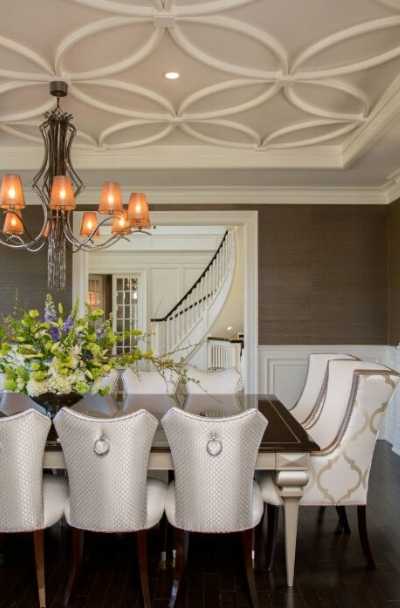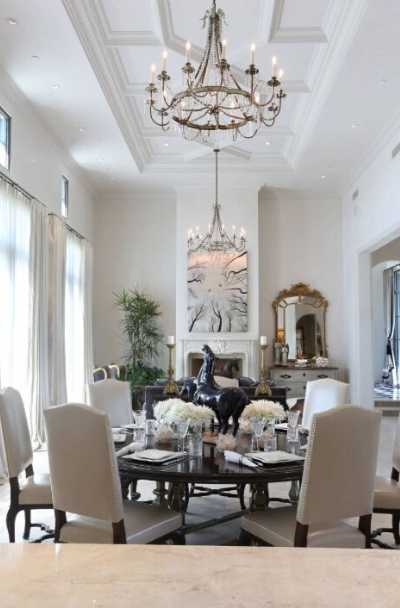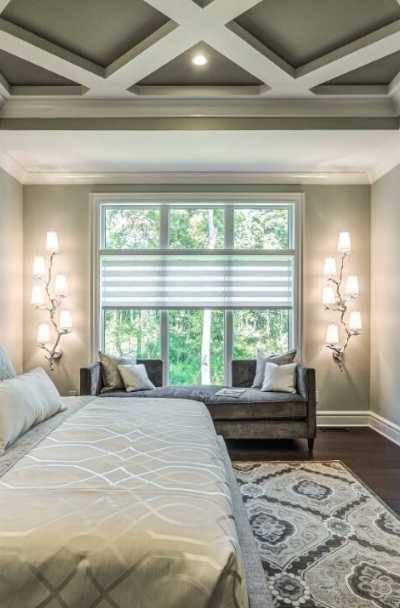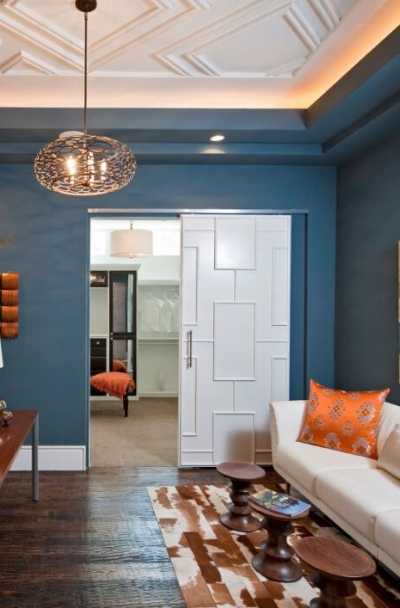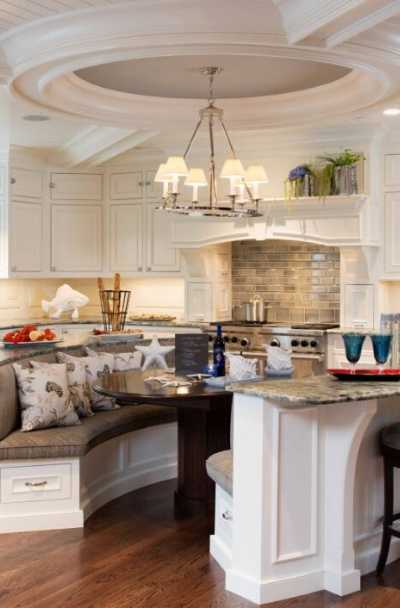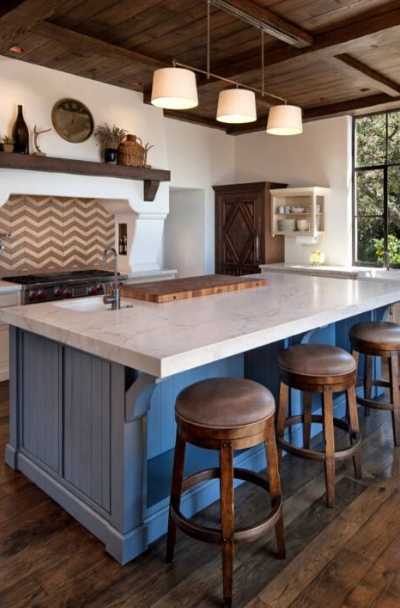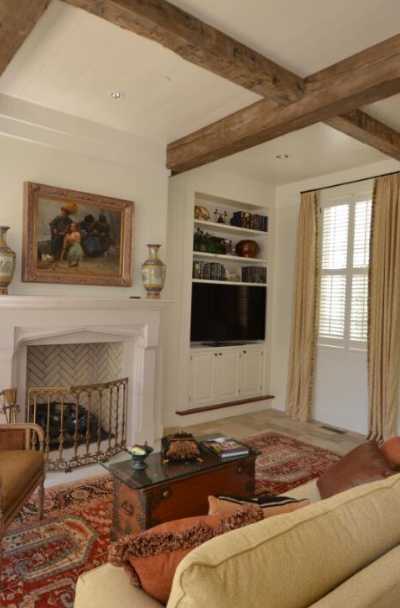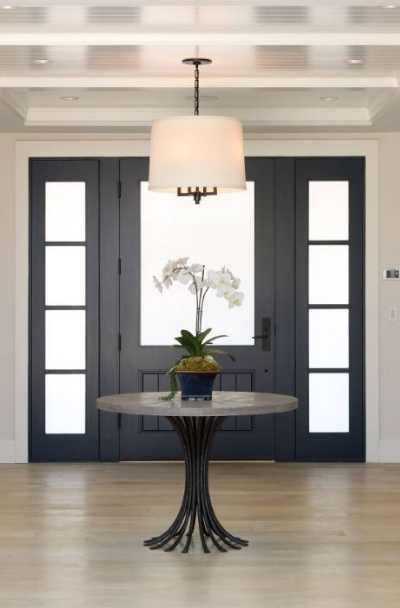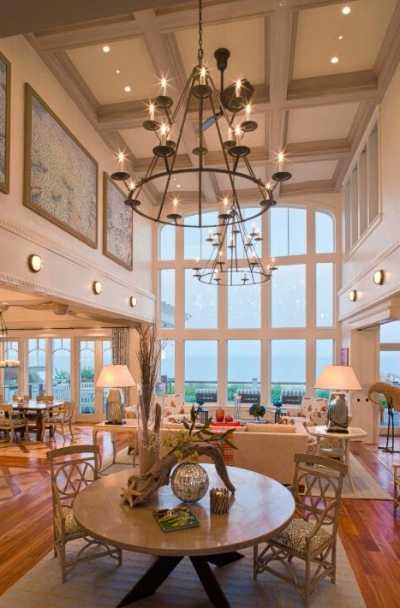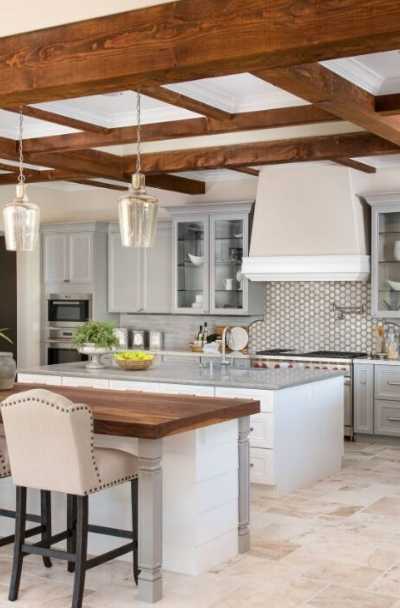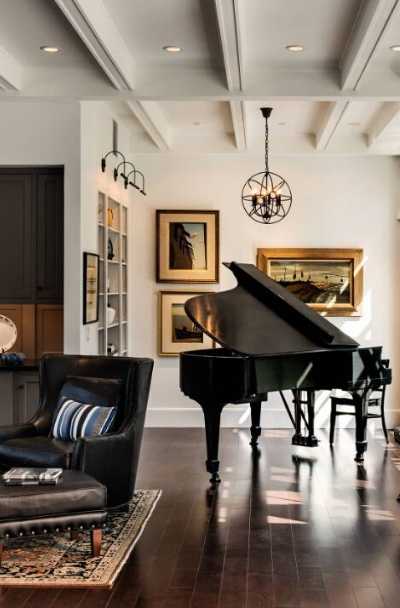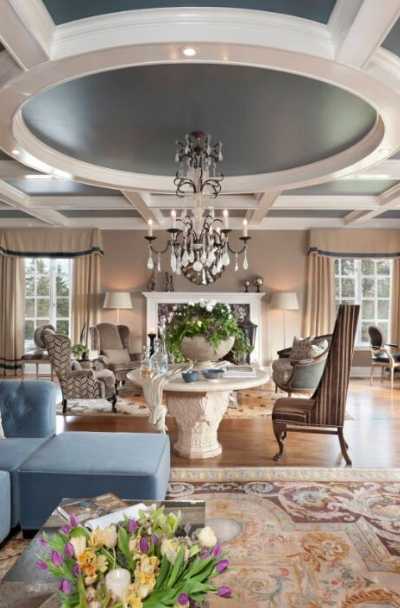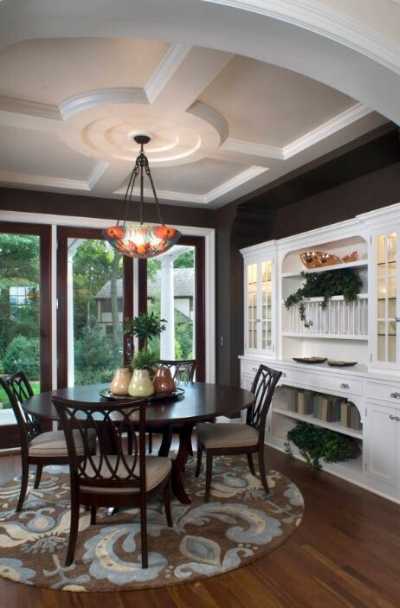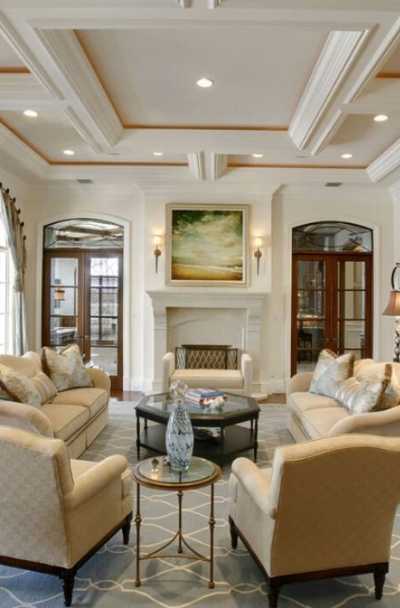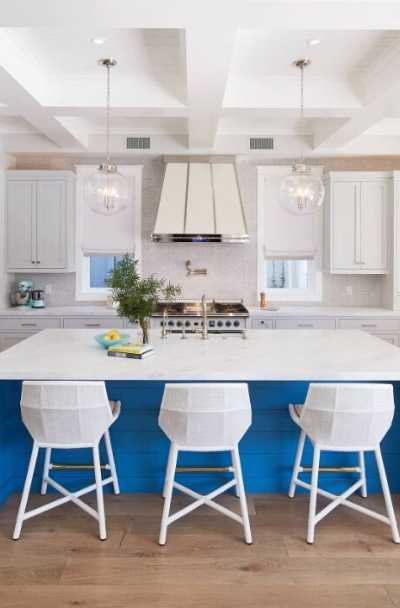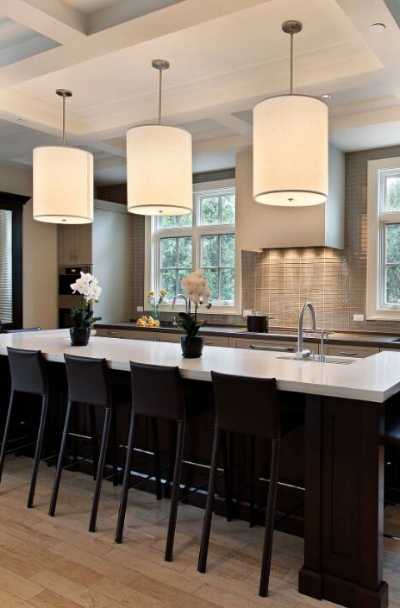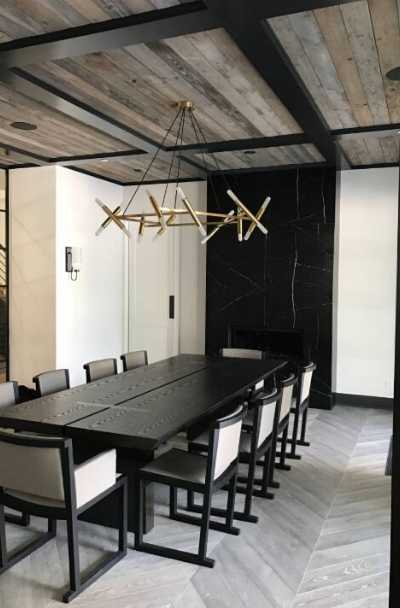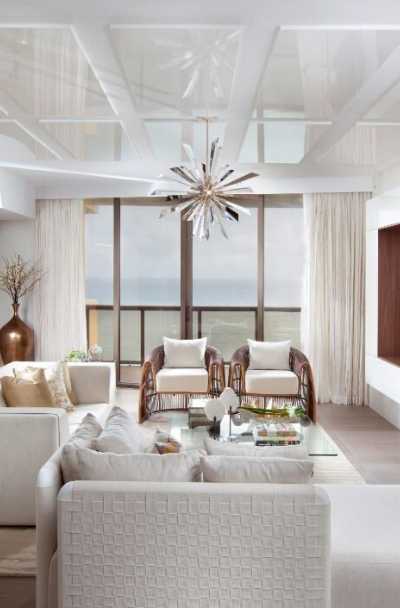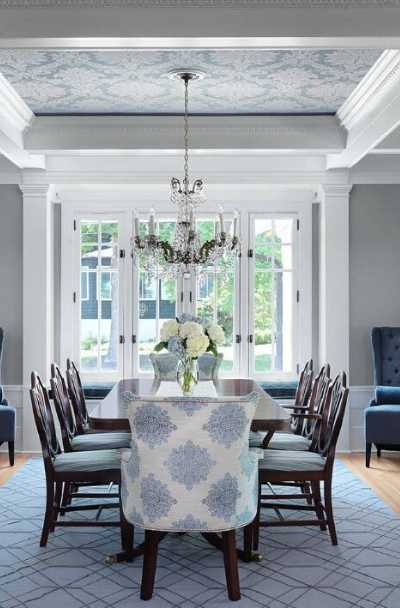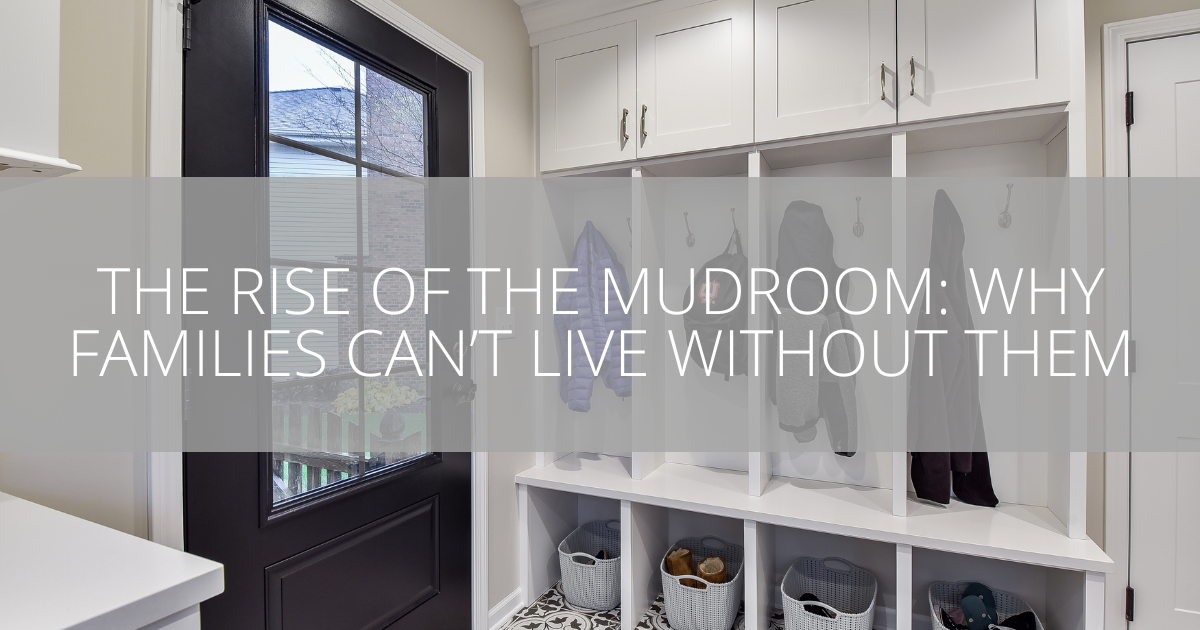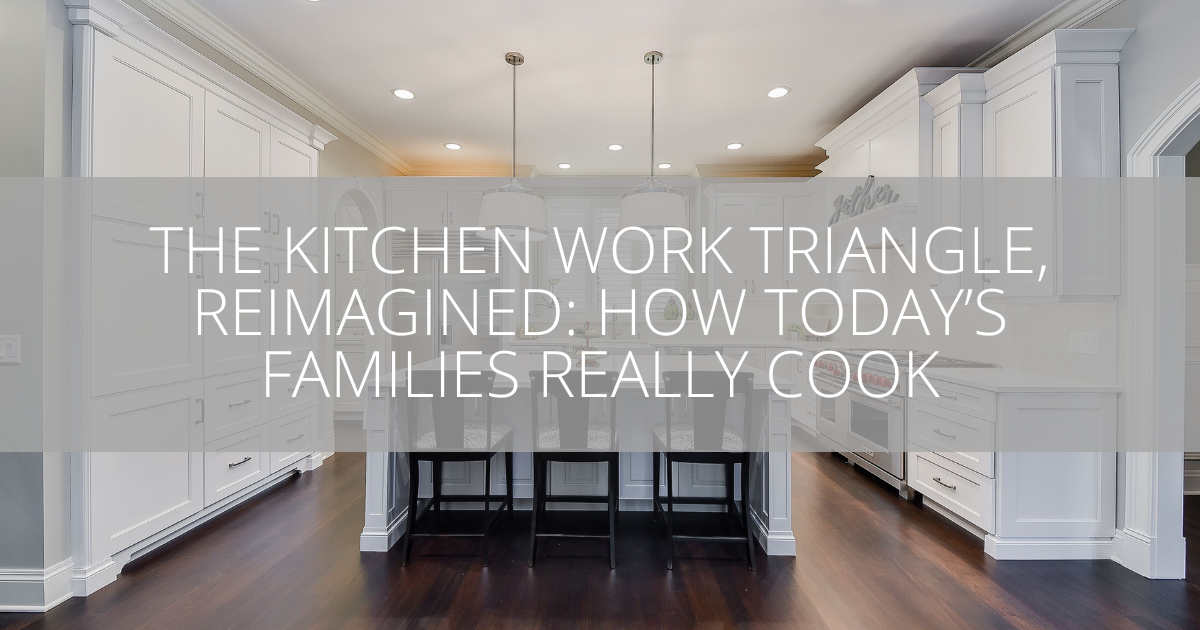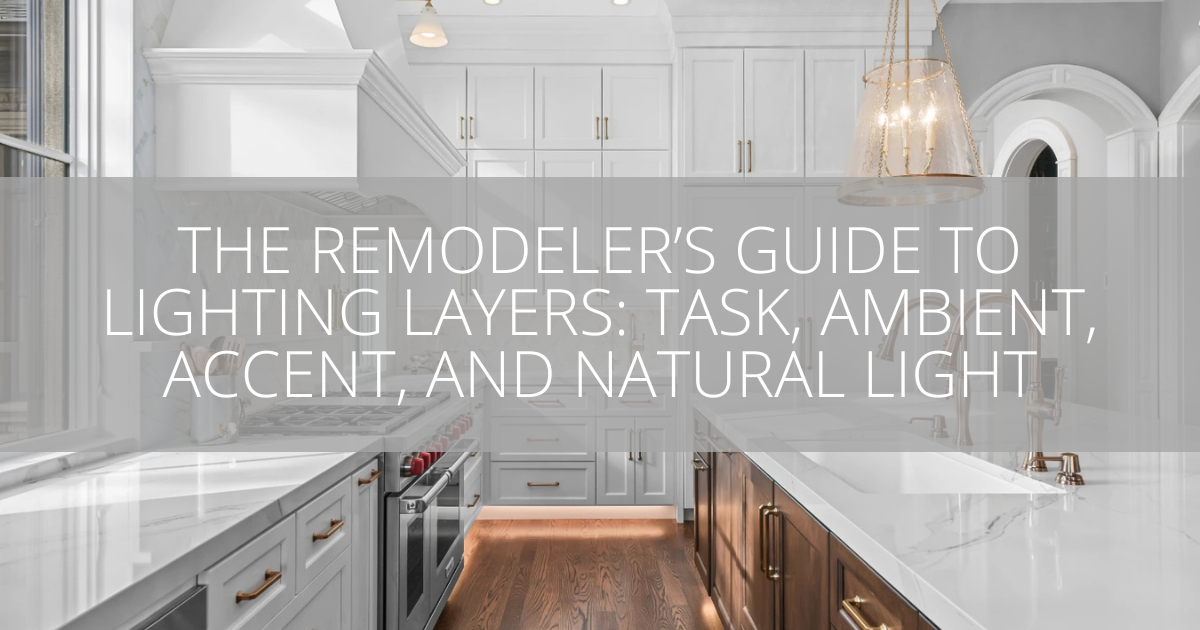
Featured Image: Masterpiece Interiors
The ceiling is probably the last part of the house people look at when they are inside. However, it doesn’t mean that you should put less effort into it when designing your home. Your ceiling can perhaps make the most significant impact in your house, so you should design it the way you would other parts of your home. Some people consider the ceiling as their “fifth wall,” so they extend the finishes on their walls to cover this part of their home. Ceilings just used to be utilitarian, hiding wiring, ductwork, and pipes. Now, however, they are taking center stage, sometimes even setting the design scheme of a home.
Check out these coffered ceiling ideas and see for yourself!
TRANSITIONAL
This coffered ceiling design by Rittenhouse Home features a unique and intricate design with painted panels and detailed molding. Improve the style and appeal of your home with this lovely ceiling.
TIMELESS
The black-painted coffered ceiling captured by Tad Davis Photography in this room creates a bold and dramatic look, especially when paired with the contrasting white walls and furnishings.
CIRCULAR
The white-painted coffered ceiling by Delicious Kitchens in this room creates a bright and airy feel, while still adding architectural interest to the space. The show-stopping coffered ceiling was custom designed for this traditional kitchen.
MEDITERRANEAN
The coffered ceiling in this room by Design ARC is made of dark wood and features a unique pattern that adds visual interest and texture to the space.
RECLAIMED
This coffered ceiling by John Bynum Custom Homes, Inc. is painted wood color, adding a pop of color and creating a calming, relaxing atmosphere. We love how the reclaimed wood in the ceiling adds a raw and rustic feel to the room.
What Is A Coffered Ceiling?
Coffered ceilings, also known as caisson ceilings, cross-beamed ceilings, plafond à caissons, lacunaria, or zaojing, were initially designed for stone ceilings to be lighter. For example, the Pantheon in Rome, a former temple that is now a Catholic church, used coffering to make its load lighter. Now, a coffered ceiling is considered “it” in the world of architecture because of the visual interest that coffering can add to any room. It can also improve the acoustics of a house.
Made up of grids of sunken panels with moldings, coffered ceilings produce a waffle-like pattern. They are commonly found in high-end, luxurious homes and are made with carved stone or prized wood, but now they can be found in any homes, especially since coffered ceiling tiles have become available. These ceilings in residential homes, however, are less decorative than those in large public places like courthouses or churches. Still, they create an impressive focal point.
Some confuse coffered ceilings with tray ceilings, but the two are different. Tray ceilings, often found in big, suburban homes, are used to make a small dining room or kitchen look larger without changing the room’s footprint. Also, tray ceilings have just one large sunken surface, while coffered ceilings have many, covering a room’s entire ceiling area.
Coffers are also different from latticework. Though lattice is made by crisscrossing building materials that create patterns similar to those of coffered ceiling, a lattice is designed for air to flow through windows and screen.
SLEEK
The white coffered ceiling in this room by Christian Rice Architects adds an elegant and classic touch to the space, while still feeling fresh and modern. The minimal and sleek detailing gives this home entry a contemporary flair.
BLUE
This coffered ceiling by Duet Design Group is made of natural wood and features a simple, linear design that complements the clean and modern furnishings in the room.
GRAND
The coffered ceiling in this room by Dewson Construction has been painted a dark blue color, creating a moody and sophisticated atmosphere.
FRESH
The white-painted coffered ceiling by Sollid Cabinetry in this room features a more intricate design, adding a touch of glamour and luxury to the space. Enjoy dining with family or guests in this bright and refreshing kitchen.
GLAMOROUS
This coffered ceiling by Whitten Architects is made of natural wood and features a unique, angled design that adds a sense of movement and flows to the space. This beach-front living room looks classic with the black and white color combo.
Why Use Coffered Ceiling?
When coming up with ceiling design ideas, you have to consider the following: the style of your home, your budget, and the aesthetics you want to achieve. Once you have the first two, you now have to choose from different types of ceilings. A conventional ceiling is one you often see in most homes. It has a flat surface, making it easy to decorate. However, it can also be too simple and boring. Another typical ceiling design is the suspended ceiling. Just like a conventional ceiling, a suspended ceiling is flat, but it is installed below another existing ceiling, usually to conceal mechanical fixtures and wirings.
Suspended ceilings are generally made of lightweight tiles, with metal grids to keep them in place. They are commonly white, but decorative panels are also available if you want to add style. If you want your ceiling to be more stylish, then you can try having a coffered ceiling, also sometimes referred to as a coffer ceiling.
Any room can look good with a coffered ceiling, such as the kitchen, dining room, living room, and bedrooms. They are expensive, but in case you do not use a vaulted ceiling but would like your ceiling to stand out, coffered will perform the job. For flat ceilings, coffered is one way to truly make them stand out. We absolutely like the coffered ceiling look, though it is not that common.
STYLISH
The natural wood coffered ceiling by Old World Stoneworks in this room adds a sense of warmth and texture to the space, complementing the natural materials used throughout.
FARMHOUSE
This coffered ceiling by Noelle Interiors features a more traditional design with painted panels and detailed molding, adding a classic touch to the space.
FRENCH COUNTRY
The coffered ceiling in this room by Erin Sander Design has been painted a soft gray color, creating a serene and calming atmosphere. This modern French Country living room features a wood ceiling and a classic chandelier.
CLEAN LINES
This coffered ceiling by Abruzzo Kitchen & Bath is made of natural wood and features a unique geometric pattern that adds a sense of depth and texture to the space.
INDUSTRIAL
The coffered ceiling in this room by Denise Bosley Interiors is paired with contrasting dark furnishings, creating a bold and modern look. The mix of reclaimed wood and black paint for the ceiling looks trendy and stylish.
Coffered Ceiling Through The Years
Coffered ceilings are one of the most beautiful and the oldest options for a home.
The word coffer, derived from the ancient Greek word kophinos and its Latin counterpart cophinus, means “basket” in reference to its sunken panel design.
The coffered ceiling was a fixture in great public buildings, palaces, and aristocratic mansions. It is now an appealingly accessible ceiling option for the personal home or apartment, owing to streamlined 21st-century improvements.
Few can argue that the coffered ceiling’s excellent feature is its unrivaled grandeur. The coffered ceiling, which is achieved by leaving intervals between ceiling framework beams, can add or subtract height depending on the approach employed. As a result, a stately geometric ceiling pattern is created that can be painted or decorated to suit one’s aesthetic tastes. Whether simple or elaborate, the coffered ceiling is sure to make an impression.
The coffered ceiling of today is a modern spin on a virtually ancient interior pattern that is both elegant and simple. And, like all great designs from the past, these coffered ceiling concepts adapt incredibly well to the modern home, implying an old-world ambiance mixed with the sensibilities of the twenty-first-century man. Now is the ideal moment to contemplate transforming the most often-overlooked feature of the house into a work of art.
CONTEMPORARY
This coffered ceiling by DKOR Interiors features a simple, clean-lined design in a natural wood finish, creating a warm and inviting atmosphere. Beautiful and stunning space—the ceiling has a glossy white finish.
LUXURIOUS
The coffered ceiling in this room by Joni Spear has been painted a soft color, adding a subtle pop of color and creating a calming and relaxing atmosphere. The designer used a blue patterned wall covering for the gorgeous ceiling.
What Are The Things To Consider
For coffered ceiling ideas, you have to consider three things: ceiling height, faux or functional beams, and installation costs.
Height is critical in coffered ceiling design. Coffered ceilings draw the eye upward, but pillars expand downward, occupying some overhead room. With this, a coffered ceiling design is highly recommended in rooms with high ceilings, those higher than at least nine feet. It may feel excessively cluttered if coffers are added in a room with low ceilings. Remember that the deeper the coffers you want them to be, the higher your current ceiling should be to guarantee that the bottoms of beams pillars do not intervene with headspace overwhelm a room visually.
Often, coffered ceilings in modern residential homes are not load-bearing, which means that they do not support weight. One special case would happen while adding a second story to a farm home: homeowners may utilize coffers to cover essential support beams. Most coffered ceilings are purely ornamental, developed totally from empty faux beams. In the event that you need huge and deep coffers, you need to have extra ceiling support because even faux beams may add an excessive amount of weight.
If you intend to have coffers on your ceiling, realize that the work requires advanced knowledge in carpentry and excellent skills in structural work. Otherwise, you have to hire an expert. The professional fee will depend on the design details and wood materials that you will choose. For example, stained cherry or red oak is more expensive than a painted pine.
Coffered Ceiling Installation
Regardless of whether you choose to build a coffered ceiling yourself or hire a professional to execute your designs, the first stage happens on paper. You must select the quantity of coffers and the width and depth of your beams. To have a uniform look, first, try to make sense of the best possible ceiling and coffer dimensions. Once you have planned the design, use chalk lines to represent the beams’ position, thus transferring your design to the ceilings.
Observing the standard technique for installation, you should place them main base beams first, running opposite to the direction of the ceiling joints you currently have. Then, wrap the base beams with extra wood to copy the appearance of heftier beams. The beams should support the rest of your ceiling, so it is imperative to join them securely with a nail gun and adhesive.
Using the same materials you used for your main base beams, create base crossbeams to complete a grid pattern. Do not attach base crossbeams as they should be parallel to the joists. Use a nail gun and adhesive to connect the crossbeams to the main base beams’ inner edges. The final product will have the pattern of a checkerboard. This will be the skeleton of your ceiling.
You will build the faux beams in the last stage. To make this process easier, paint or stain the wood before installing it. You can directly frame the faux beams’ bottoms and sides on the base bars depending on your design and material. As another option, the faux beams can be created as three-sided boxes to be installed above the base bars. Then, if applicable, you can install the inside coffer trim any way you want.
Conclusion:
Remember that every part of your home is essential. Your ceiling design means a lot with regard to your home’s roominess, layout, and resale value. In any case, the best ceiling styles depend on your room’s height and your home’s overall architectural design. If you have a high ceiling and you want to add drama to your home, coffer ceilings are the best. Coffered ceilings are not limited to particular shapes, meaning they can be in any room regardless of its shape. Also, they can be made utilizing various materials, including different types of woods, plaster, urethane foam, and fiberboard. Because coffered ceilings are resistant to mold and mildew as well as sagging, they are the ideal ceiling option. Coffers are also easy to clean and maintain. Coffered ceilings often come installed upon the construction of a home. However, they can be included when renovating or redesigning your home.
A coffered ceiling can enhance the style and appeal of any room or space. Therefore, in case you want to add character or make a bold statement, a coffered ceiling is highly recommended for you.
This is an image roundup post, curated to showcase and promote other reputable contracting companies’ and their amazing work. To have any of the images removed, please reach out to us and we would be happy to do so.

